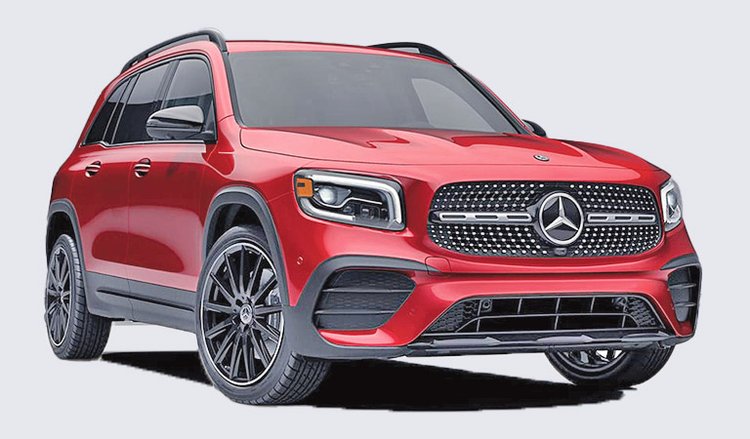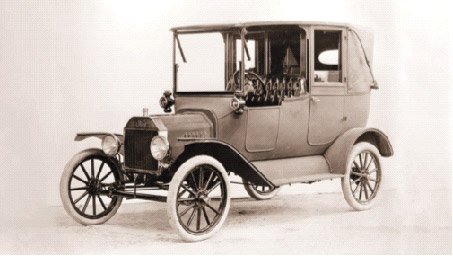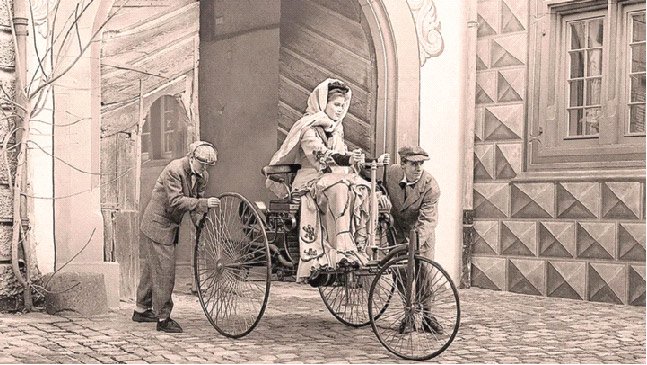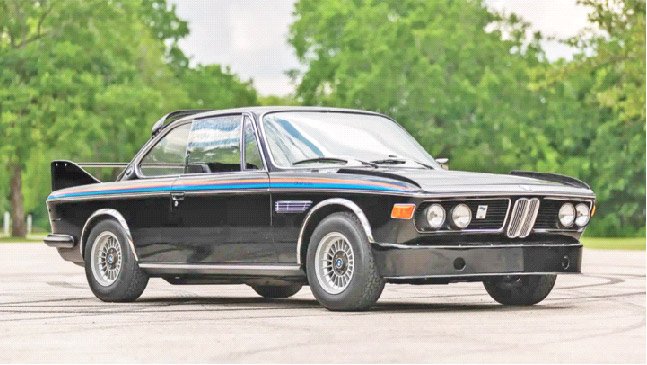Speed, safety, luxury—these three are the name 'Big Three' that evokes excitement in the world of motor vehicles. Although it is unknown to many, almost everyone knows Mercedes Benz, Audi and BMW. These three institutions together are called the Big Three. Just the Big Three? Germany, the country that invented the motor vehicle, produces luxury cars like Porsche and popular cars like Volkswagen. 'Forbes' magazine published this year's list of 10 motor vehicle manufacturers
All 4 are from Germany.
But how did Germany become the country of motor vehicles? Due to the Industrial Revolution, different types of engines began to be produced in the eighteenth century in different countries of Europe. In 1886, the German inventor Carl Friedrich Benz invented the modern motor vehicle for daily use. That was the beginning of German dominance in the car world.
The story of the Benz couple
Carl Friedrich Benz and Bertha Benz lived in Mainheim, Germany. Carl was a mechanical engineer. With the help of his wife Bertha, he started a mechanical engineering company. Named Benj and Kai.

Although later the name was changed to Benz Patent Motorwagon. After that he started the dream project of making cars. Bertha provided money this time too.
Finally, in 1886, Carl built the first gasoline-powered motor vehicle. Named Benz Motorwagon. Carl's car was traveling at a maximum speed of 25 miles per hour. It was a 3 wheeler.
People were not attracted to motor vehicles during the era of horse-drawn carriages because of the irritating fumes. But through tireless work, Karl Friedrich Benz entered the list of the world's richest car manufacturer in 1900.
At the very beginning of the 20th century, one by one, everyday car manufacturers such as Audi (1909), BMW (1916), Porsche (1931) or Volkswagen (1937) began to be produced in Germany.

How Mercedes and Benz came together
Daimler Motoren Gassellschaft and Benz Patent Motorwagon are two separate companies. One was owned by Gottlieb Daimler, the other by Carl Friedrich Benz. At the same time both the companies aimed at manufacturing motor vehicles. Benz was the first on the journey. But Gottlieb didn't give up. Although he could not make a car, he made the world's first motorcycle. However, in 1889, Gottlieb could not see the ultimate success of his company even though he decided to make cars instead of motorcycles. He died in 1900. The following year, new CEO Emil Jelinek joined the company. Under his supervision, the Mercedes PS 35 was produced in 1901 from the 'Daimler Motoren Gasselshaft'. Named after Emil's daughter Mercedes.
Then the First World War began. As a result, the production of motor vehicles almost stopped. In order to sustain the company in such a situation, Friedrich Benz sent a proposal to work jointly with Daimler. At first the proposal was rejected. As the situation gradually worsened, Daimler responded to Benz's offer. As a result, 'Daimler-Benz' started its journey together in 1926. Their first car 'Mercedes Benz' came in the next year.
After the rise of Hitler, the German automobile industry began to receive government patronage. From 1930 to 1943, Hitler's vehicle was a Mercedes Benz. Under his patronage, these cars became a part of German nobility from the beginning of the thirties.

Germany is the pioneer in the automobile industry
The Mercedes PS35, built in 1901, is considered by many to be the father of the modern car. In 1948, the Porsche 356 introduced the world's first Bauhaus design. In 1972, BMW introduced the first electric car concept, the BMW 1602.
German cars are attractive looking, high speed and at the same time guarantee safe driving. These reliable cars also require less maintenance. Apart from this, the first advanced safety features in these cars; Such as airbags and anti-lock brakes are attached.

Germans as a nation are known to be monogamous. They are willing to do any hard work for success. Friedrich and Bertha Benz proved it about 138 years ago. The journey that the couple started with that little road trip car of the day, the next generation has spread them around the world.

